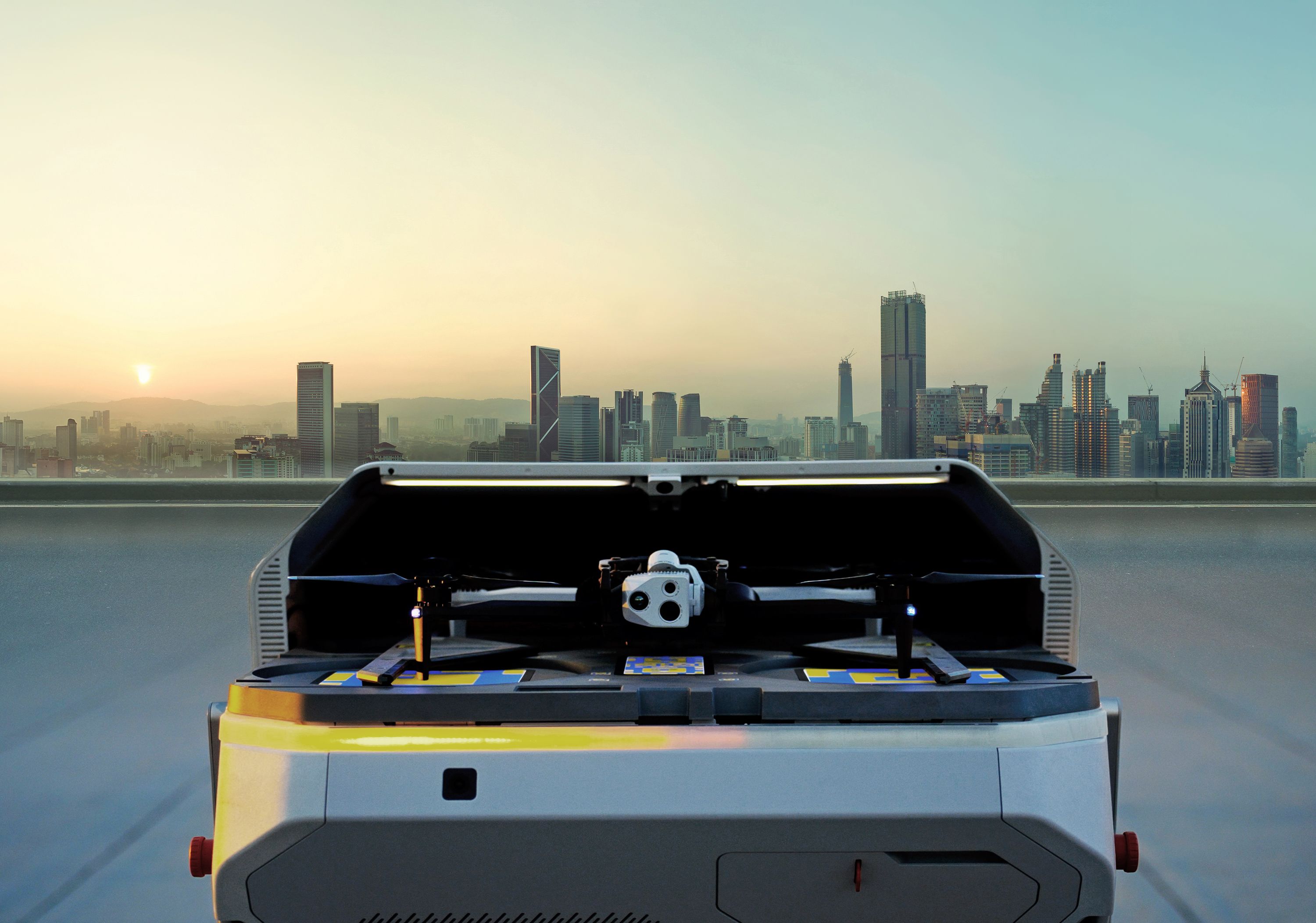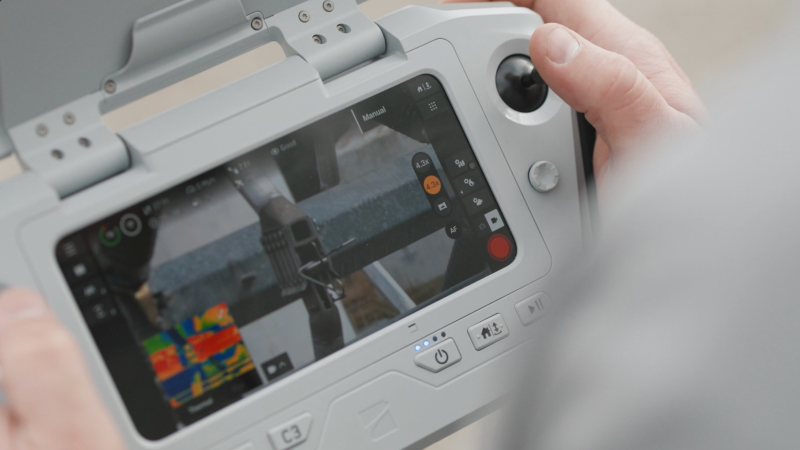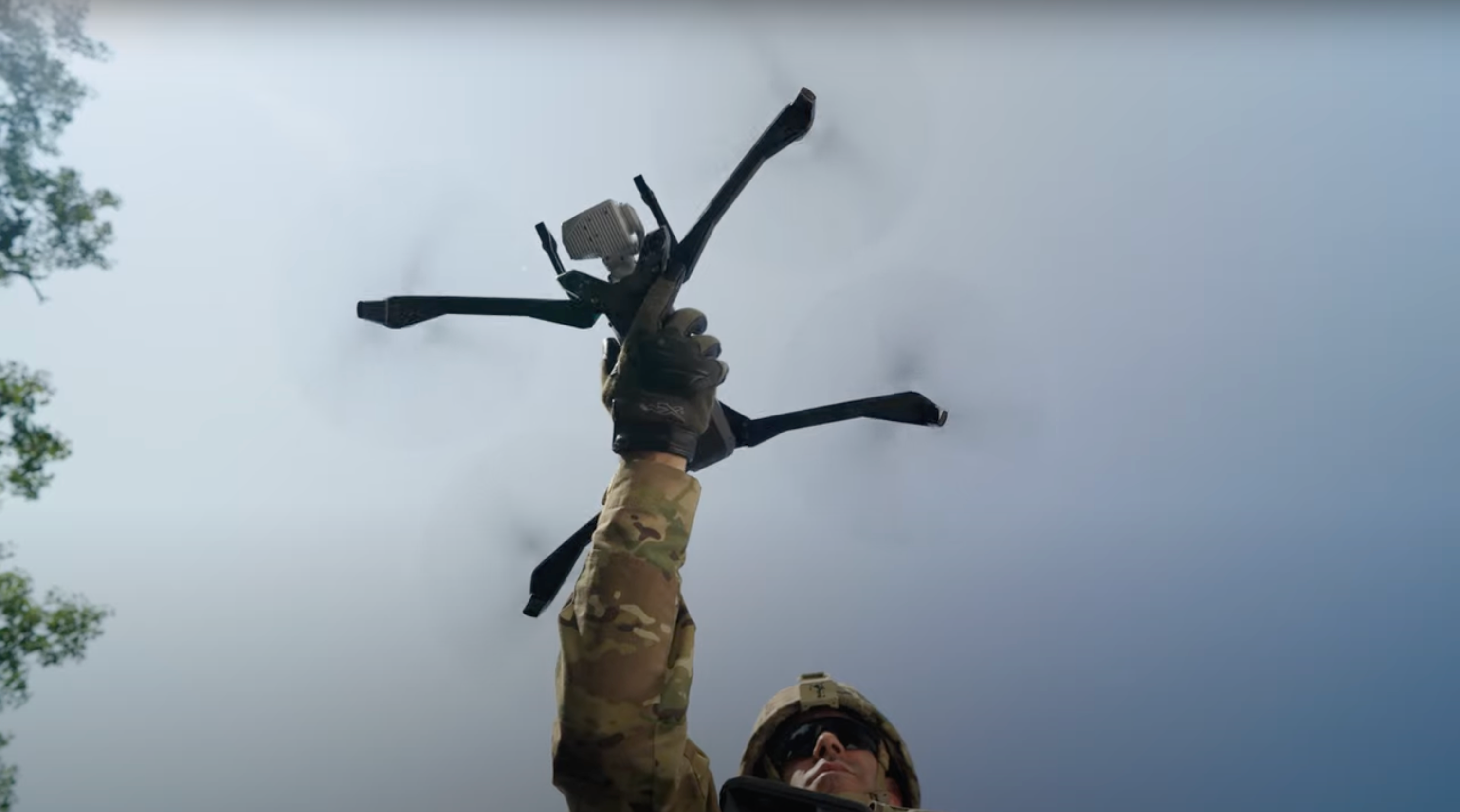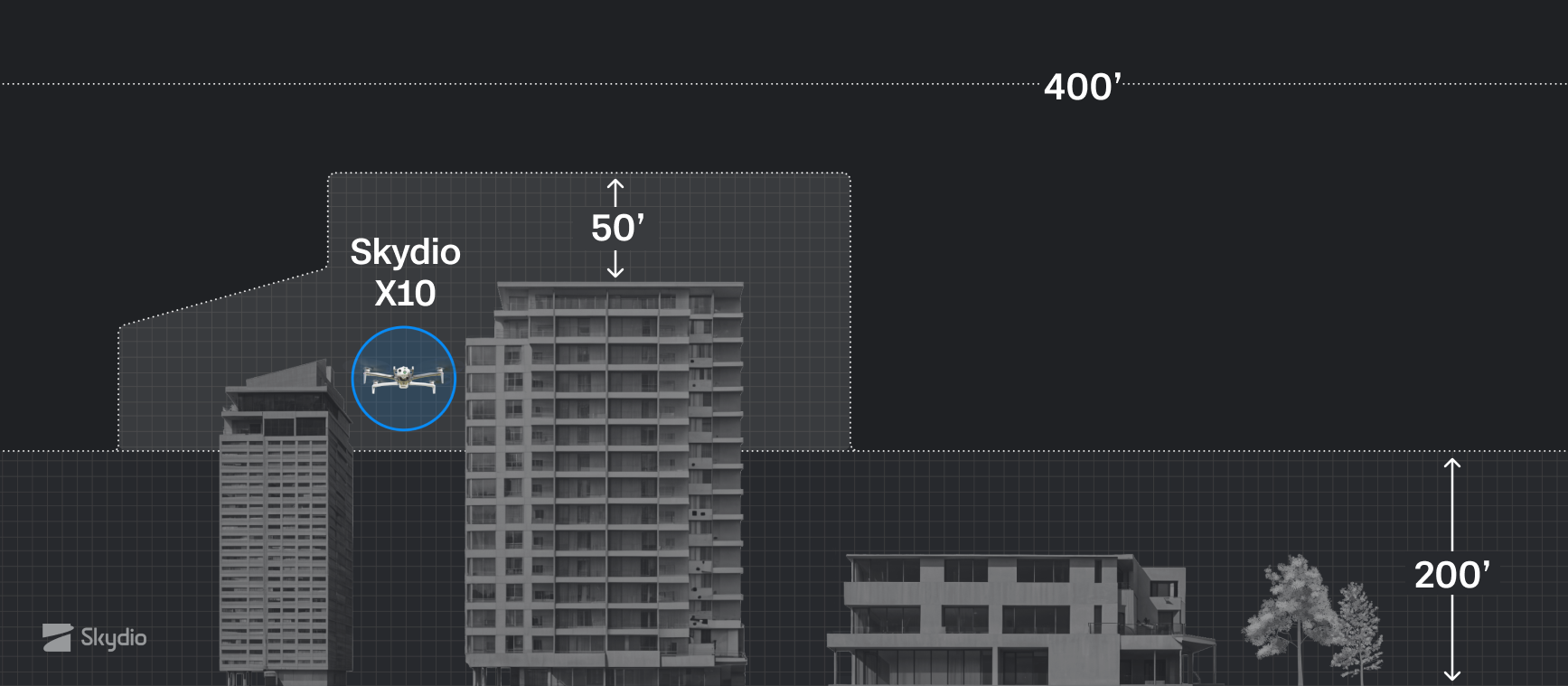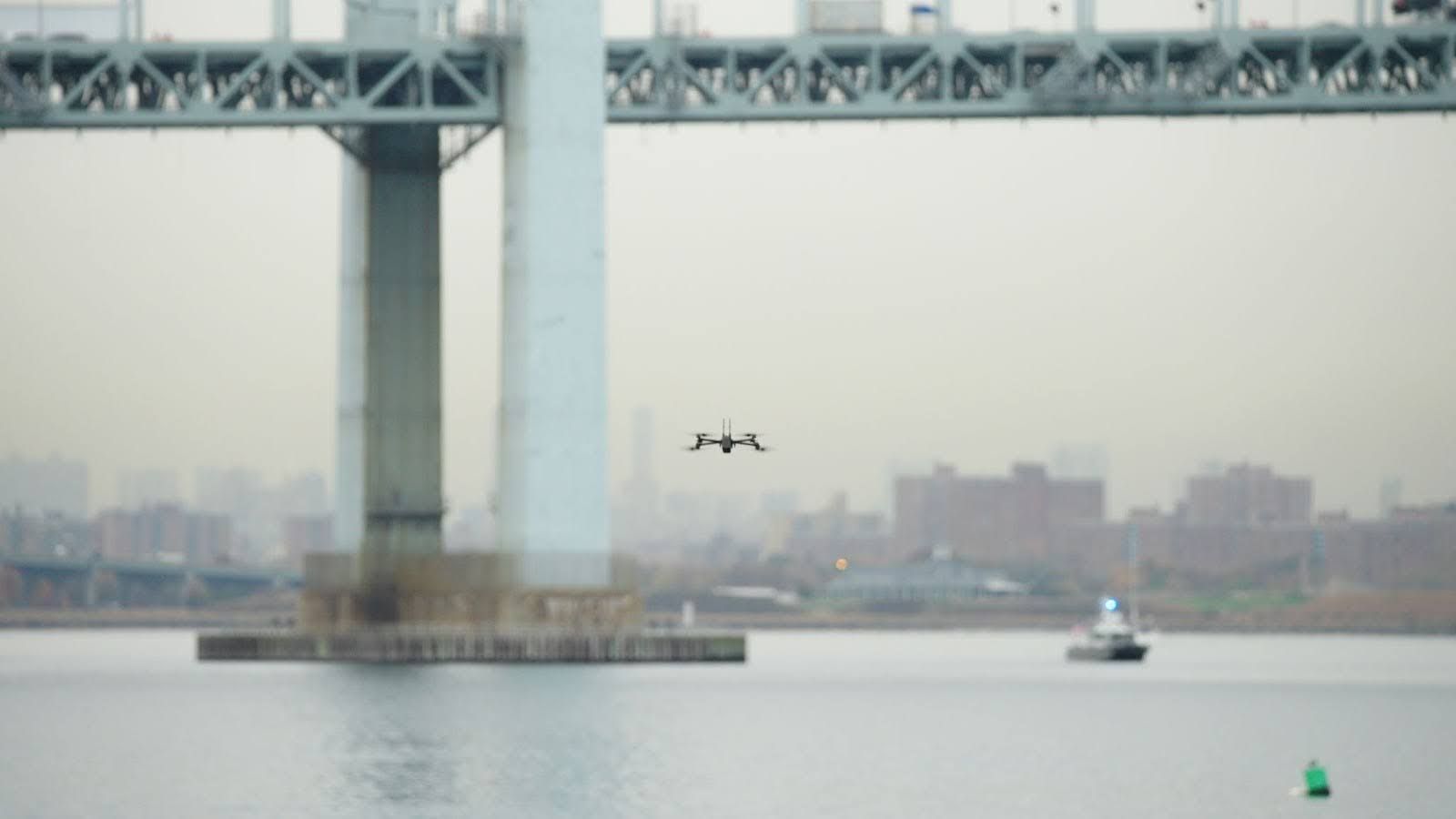FAA Issues Revolutionary Approval to NYPD to Conduct Drone as First Responder Operations with no Visual Observers
We are excited to announce the arrival of scalable, low-friction Drone as First Responder (DFR).
The FAA recently issued a revolutionary approval that will transform DFR operations. The approval allows the New York City Police Department (NYPD) to fly drones beyond-line-of-sight across much of NYC without visual observers or costly equipment to detect other aircraft. It’s the most advanced approval of its kind, allowing simple and scalable DFR operations across NYC and making NYPD a leader in public safety drone deployment. The approval also represents a blueprint for other law enforcement agencies across the US to follow, a blueprint that removes barriers that have previously limited DFR operations across the US.
This approval comes after years of advocacy by Skydio on a safe, simple, and scalable framework for enabling scalable DFR without Visual Observers that enhances public safety and maintains public trust. Skydio was honored to handle the regulatory work associated with this approval in coordination with our exceptional partners at NYPD.
Drone as First Responder is a transformative public safety operation that enables drones to be first on scene to a call for service. The drone can capture vital information about the incident, providing live streamed video to all responding officers and gather powerful, objective evidence from a unique vantage point. As a result, DFR provides faster response times, lowers use of force incidents, and greater safety for communities and officers.
Understanding the approval
The latest approval builds on years of regulatory breakthroughs by Skydio and our partners:
- In 2020, we played a key role in facilitating the first Tactical BVLOS waiver for Chula Vista Police Department, which allows public safety personnel to fly a drone BVLOS at low altitudes in emergency scenarios without visual observers or detect and avoid (DAA) systems. Now, nearly 600 public safety agencies hold the same approval.
- In 2021, we worked with BNSF Railway to secure the nation’s first national remote operations approval for dock-based drones.
- In 2023, we worked with major enterprise customers to unlock scalable remote operations without visual observers. These companies secured Part 107 waivers to conduct shielded remote operations up to 200’ AGL, with the use of ADS-B In, and without expensive and cumbersome DAA technology.
The recent approval issued to NYPD follows the same framework that enables our enterprise customers to conduct remote operations at scale. The recent approval has three features:
1. Shielded DFR operations
Structures and ground obstacles are hazardous to crewed aircraft and are often avoided by 500’ or more, creating a volume of airspace directly around structures and objects where drones can operate without risk of impacting crewed aircraft operations. Operating within this volume of airspace, a concept we call shielded operations, reduces the risk to crewed aircraft. Skydio has pioneered the regulatory case for shielded operations, and based on feedback from public safety customers, has developed a new version of shielded operations with the FAA we’re calling Shielded DFR Operations.
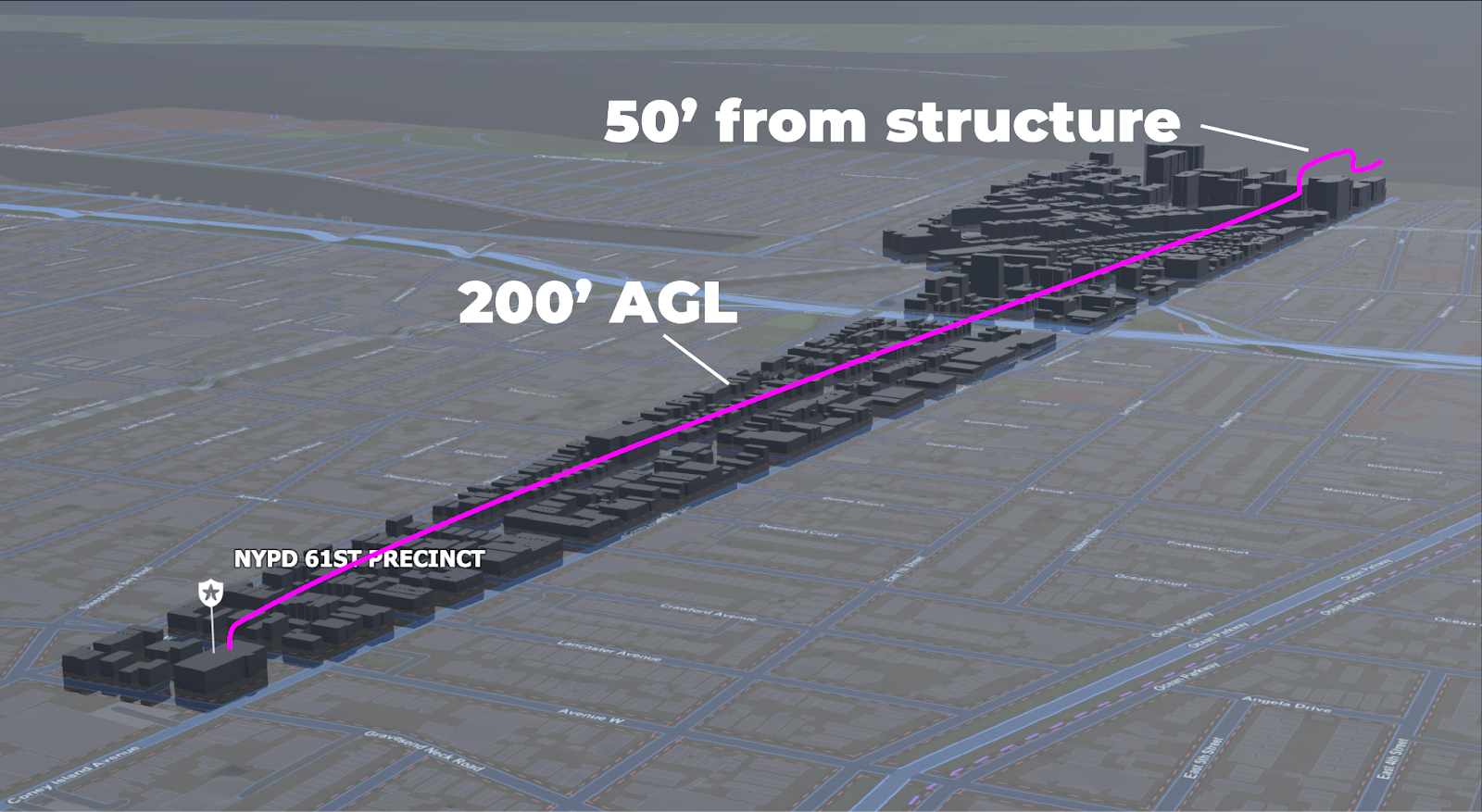
NYPD is approved to conduct Shielded DFR Operations – operating up to 200’ above ground level (AGL) or within 50’ of structures. Operating at 200’ AGL in an urban environment provides a buffer between the drone and nearly all other aviation activities that are typically no lower than 500’ AGL for their own safety, resulting in a safer operation by decreasing the likelihood of encountering low flying aircraft.
2. Skydio Autonomy
Conducting Shielded DFR Operations decreases the likelihood of encountering low flying aircraft, but increases the risk of colliding with an object or obstacle. That is, unless you’re flying a drone equipped with Skydio Autonomy. Skydio Autonomy allows operators to confidently conduct Shielded DFR Operations, even at night with Skydio NightSense, by reducing the risk of colliding with objects and obstacles.
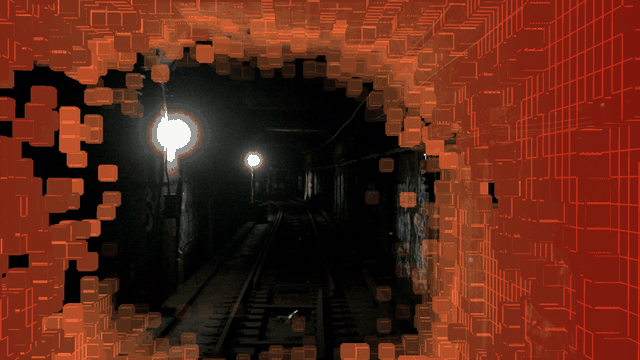
3. ADS-B In
Automatic Dependent Surveillance - Broadcast (ADS-B) is a surveillance technology used in aviation that enables aircraft to determine their position via satellite navigation and periodically broadcast it, along with other relevant information such as altitude, speed, and identity, to air traffic controllers and other nearby aircraft. Skydio integrated ADS-B in the Skydio Dock and Remote Ops platform in 2023, which enabled commercial customers under Part 107 waivers to begin conducting remote operations without a Visual Observer.
The Skydio ADS-B integration is simple to use and helps operators remain well clear of low flying aircraft. In the unlikely event that a low flying aircraft, such as a medivac helicopter, approaches the drone’s position, the operator receives an alert and is shown the relative altitude, location, and distance between the drone and the aircraft. This gives the operator precise information about low flying traffic to make quick decisions whether or not an avoidance maneuver is needed.
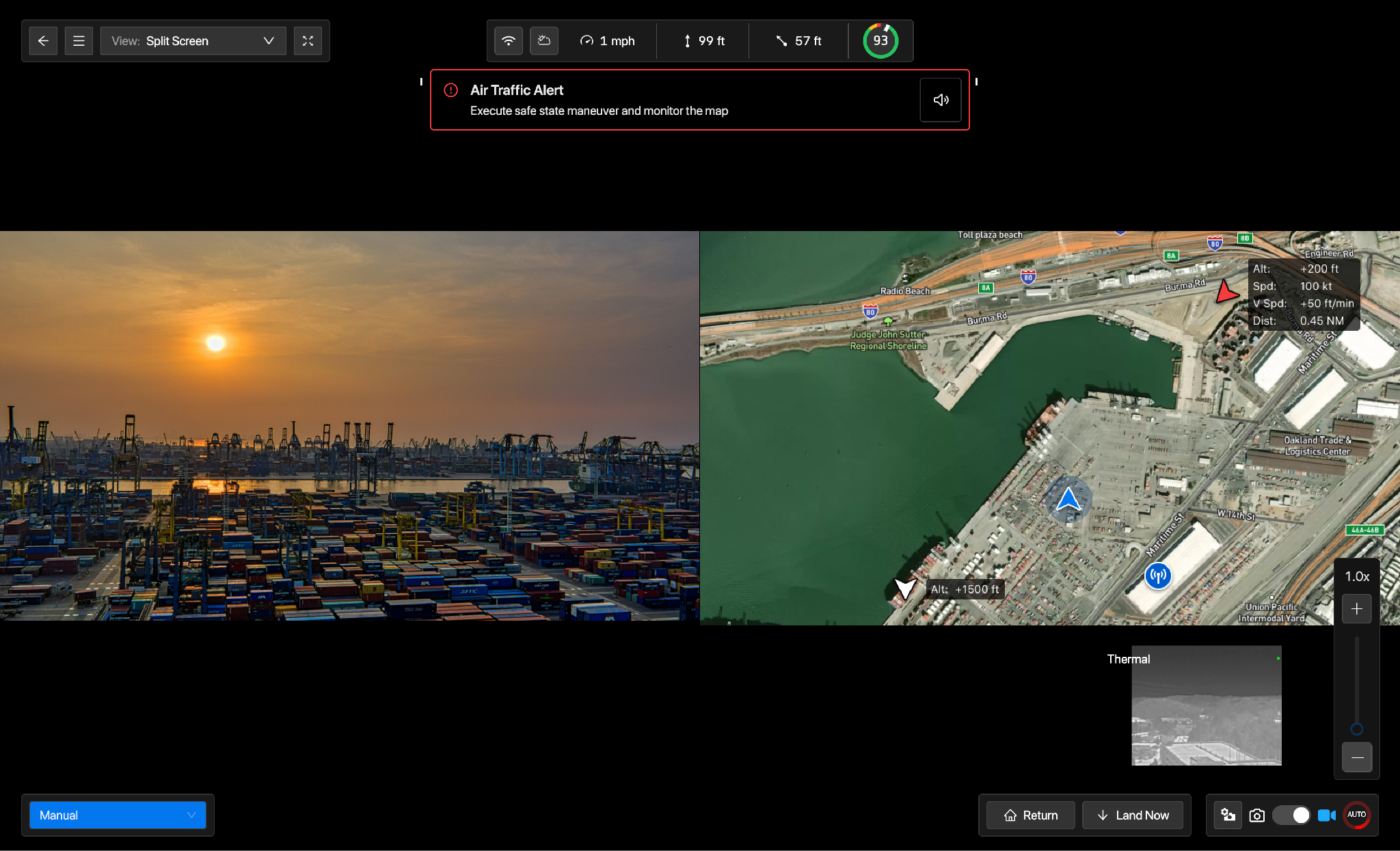
In addition to those core features, the approval also has the following characteristics:
- A remotely located pilot completes the mission from preflight to landing, no personnel required on-site with the drone
- No requirement for other DAA technology such as radars or electro-optical systems
- Operations will be conducted in uncontrolled airspace and in controlled airspace up to FAA UAS Facility Map altitudes
It is important to note that “visual observers” applies to people watching the drones fly to ensure they do not hit objects or other aircraft. It does not apply to the procedures public safety agencies take to ensure transparency and oversight regarding the use of drones in communities.
Widespread impact for public safety and DFR
Skydio has consistently advocated for FAA approvals that can be applied at scale, instead of one-offs, to enable entire industries to take advantage of autonomous drones. For example, Skydio and Chula Vista PD pioneered the concept of Tactical BVLOS, which has now been issued to over 500 agencies.
New York City features some of the world’s most complex airspace over a dense urban area. By enabling the country’s most advanced drone operations in some of the most complex airspace, the FAA is developing a blueprint that can extend to other agencies across the US, most of which operate in areas with lower levels of complexity.
For years, public safety agencies operating drones have faced steep barriers to entry. Some agencies spent hundreds of thousands of dollars on radar systems, which have a poor record of performance in dense urban environments. And many agencies invested in hiring visual observers to monitor the airspace instead of pilots to fly drones in response to emergencies.
Today’s approval represents a transformational expansion of Drones as a First Responder for NYPD, and soon other agencies to conduct safe, low-friction operations while investing in what matters most: skilled public safety pilots and drone technology.
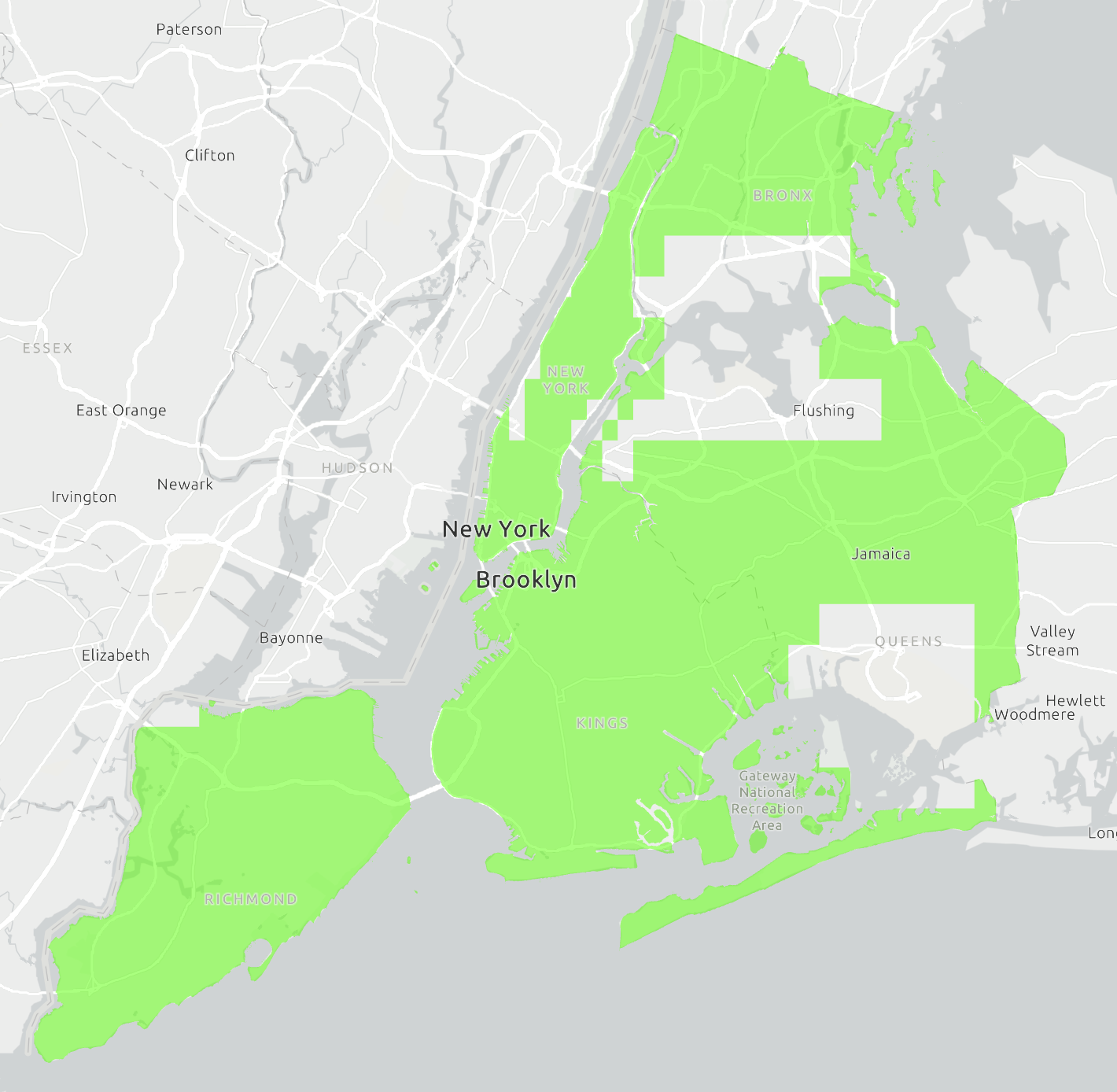
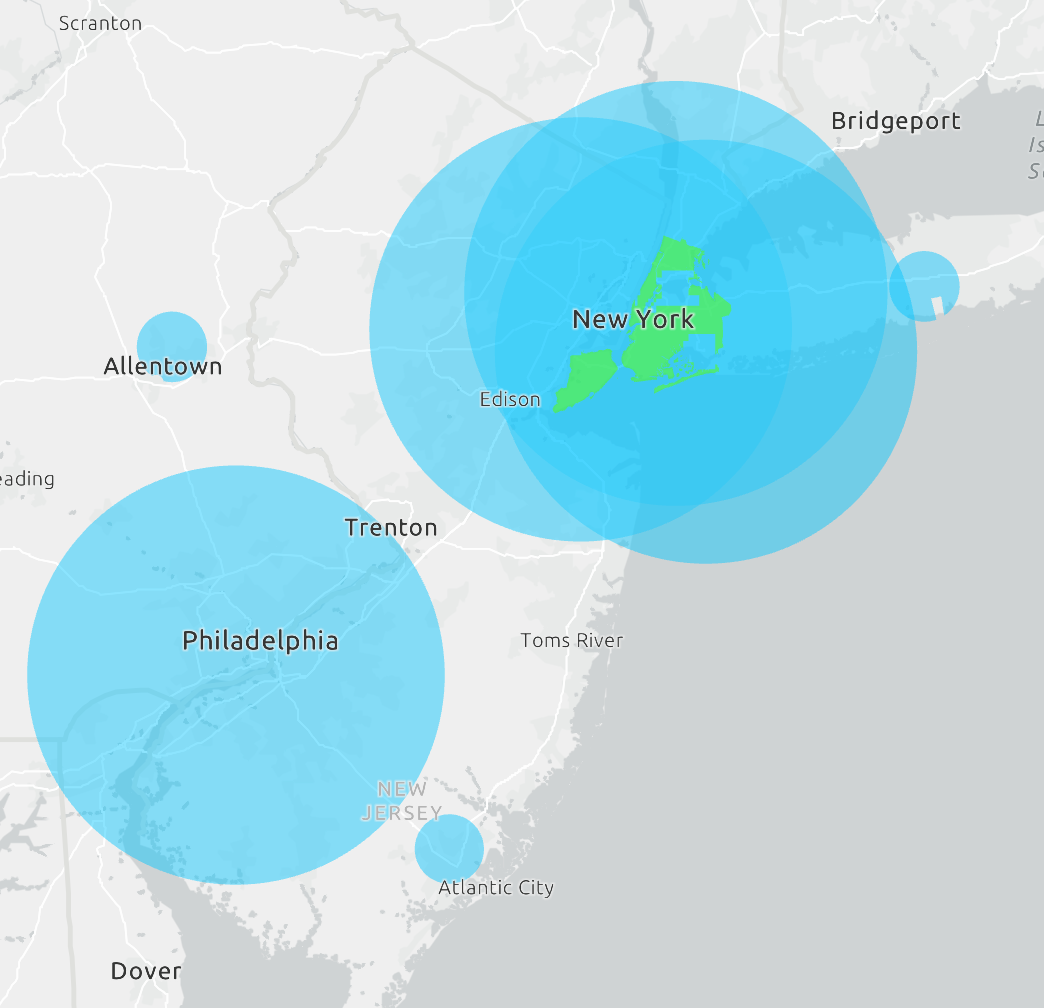
Let’s work together to enable scalable DFR
Skydio’s world-class regulatory team has the experience you need to navigate these changes and put these approvals to work in your operations. We can help you conduct safe and effective remote operations at scale.
We have consistently secured the most advanced waivers in the industry. Our focus is to help you complete your mission faster and more efficiently than ever. Under this new framework, we can obtain waivers to conduct remote operations with no people on site--without the need for expensive, complex technology or visual observers, that could otherwise double or triple the cost of your program. We’ve done this for other customers and we can do it for you.
We look forward to continuing to work with our customers to break BVLOS barriers and usher in the next frontier of flight.
